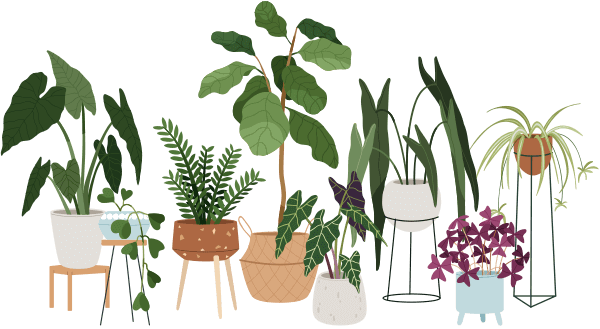Growing a Donkey tail, also known as Sedum burrito, is a joy for plant lovers everywhere. With its plump, cascading stems and soft, beaded leaves, this succulent is a real charmer–but also a little fussy when it comes to watering. If you’re worried about giving it too much or too little, or if you’ve overwatered in the past, don’t stress—you’re not alone. Mastering how to water your Donkey tail is perfectly doable, and this guide will encourage you every step of the way.
How often should you water Sedum burrito?
Timing is everything! Donkey tail thrives on a “less is more” approach. Unlike leafy tropical plants, Sedum burrito stores water in its chunky leaves. This means it can go longer without a drink.
- During growing season (spring and summer): Water every 2-3 weeks, but always let the soil dry out completely first.
- Dormant season (fall and winter): Water less, about every 4-6 weeks, or whenever the soil feels dry all the way through.
Tip: Stick your finger into the soil about an inch deep. If it feels bone dry, that’s your cue.
How much water does Donkey tail need?
It’s easy to imagine these succulents need regular sips—but actually, Donkey tail prefers a good, deep soak followed by a dry spell.
- Water until it starts to drain out the bottom of the pot.
- Make sure all the soil is moist, not just the top layer.
- Never leave the plant sitting in water afterward.
If in doubt, underwatering is safer than overwatering. Donkey tail recovers from drought, but too much water can harm it quickly.
Should Donkey tail be sprayed or misted?
Short answer: No. Sedum burrito doesn’t like being sprayed. Spraying or misting keeps leaves damp, which can cause rot (especially in indoor settings). It’s best to water the soil directly.
What are Donkey tail’s humidity needs?
Donkey tail prefers dry air—just as it would in its native environment. Average apartment humidity is usually fine.
- Avoid keeping it in overly steamy rooms, like the bathroom.
- Extra humidity is not needed and can increase the risk of problems like fungus or rot.
Is Donkey tail sensitive to overwatering?
Absolutely. Overwatering is the most common cause of trouble for Sedum burrito. Signs you may be overdoing it include:
- Mushy, yellow, or translucent leaves
- Dropping leaves
- Mold on the soil surface
If you notice these symptoms, hold off on watering for several weeks and let the soil dry out fully.
Is Sedum burrito drought tolerant?
Yes! Donkey tail is very drought tolerant. Those plump leaves hold plenty of water. It’s better to forget a watering session than to do it too often. Your Donkey tail will forgive you for being late—but it won’t forgive soggy roots.
Should you use bottom watering or top watering for Donkey tail?
Both methods can work, but here’s what’s best:
- Top watering lets you control how much water you add, and helps rinse away salts or fertilizers in the soil.
- Bottom watering (soaking the pot in water) can encourage roots to grow downwards, but make sure you remove excess water!
For beginners, top watering is easiest. Just pour slowly at the base until water drains out. Either way, always make sure to…
What to do with excess water after watering your Donkey tail
Never let your Sedum burrito sit in a saucer of leftover water. Standing water at the bottom of the pot leads to root rot. After watering:
1. Empty any water that collects in the saucer.
2. Make sure the pot drains easily; a pot with drainage holes is a must.
Quick Donkey tail Watering Tips:
- Let soil dry fully between waterings
- Don’t spray or mist the leaves
- Use a well-draining pot and soil
- Water deeply, but never let it sit in water
Summary: Watering Donkey tail with confidence
Watering your Donkey tail (Sedum burrito) doesn’t need to be daunting. Remember: dry soil, deep but infrequent watering, and no misting! Your Sedum burrito is built to withstand a bit of neglect, so if you make a mistake, it’s okay—just adjust and move forward. A happy Donkey tail is a dry-bottomed, well-loved companion.


